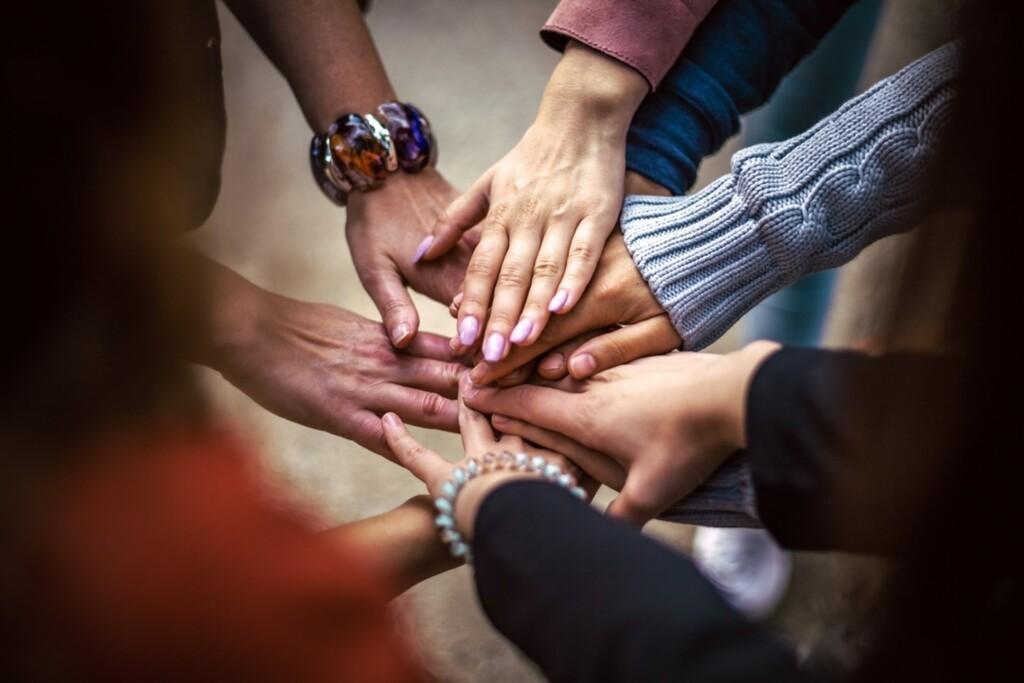In today’s fast-moving digital landscape, businesses rely on seamless system integrations to keep operations running smoothly — but as complexity grows, so do the challenges. Many C-level leaders and IT directors are hearing about AI-powered integrations, but they’re still unclear on what it really means or how it delivers value beyond traditional approaches.
At its core, AI-powered integration uses artificial intelligence to automate, optimize, and enhance how systems connect and interact, especially when dealing with legacy applications, fragmented data models, or rapidly evolving APIs. This isn’t just about speeding up technical work; it’s about unlocking faster time-to-market, improving system resilience, reducing manual support tasks, and lowering the cost and effort of maintaining complex integrations.
To unpack what this looks like in practice, we spoke with Eetu Ojanen, our experienced Data Engineer and Integration Architect. In this interview, Eetu explains how AI is reshaping integration strategies, what business benefits companies can expect, where AI delivers the most impact, and what IT leaders should consider before jumping in.
How is AI changing the way we approach system integrations today?
AI tools accelerate feasibility studies and planning, lowering the entry barrier to legacy system integration and API modernization.
AI facilitates getting insight into how new integrations could be implemented or current ones improved, as well as estimating the impact on current workflows and cloud infrastructure costs. AI-based analysis can be repeated once the “feasibility study pipeline” has been set up, allowing continuous monitoring of the situation. There is a higher incentive to explore different integration options.
New integrations may also be deployed into production earlier if there is an AI-assisted workflow for handling incidents that result from unimplemented corner cases or data quality issues.
“AI is not just about adopting new tools — it’s about adopting a new mindset.“
What real business benefits can companies expect from AI-powered integrations compared to traditional approaches?
Faster time-to-market:
– Production deployments may be feasible at an earlier stage of a project, because AI-assisted technical support is able to prioritize and resolve issues faster.
Stability and resilience:
– Detect anomalies in integration operations and facilitate root cause analysis.
– Performance trend insights; predicting bottlenecks and potential failures.
Efficiency:
– Integration operation can benefit from AI-orchestrated workflows where AI components communicate directly with users, for example to fix a data quality issue.
Lower entry barrier:
– Legacy code analysis for integration planning purposes requires less involvement and effort from the legacy system experts.
– New developers using AI tools can choose to read the existing code automatically translated into another language they have more experience with.

What are the typical use cases where AI-driven integration really shines?
AI can free up developer and technical support time in complex and constantly evolving integration environments. For instance by automating the first level support of integration incident handling.
Similar to chatbots that respond to customer questions, integration solutions can have an AI component that responds to exceptions in log messages. The AI component’s response is an initial analysis of the scenario, including suggestions for recovery steps, created as a new issue in a ticket system. Tickets resulting from data quality issues can be automatically assigned to users responsible for maintaining the data. As soon as the user confirms the data has been updated, integration process will be reattempted and ticket marked as resolved if the updated data record goes through without errors.
In a typical case of online services and enterprise applications, the implementation is based on microservices which aggregate functionalities of multiple backend systems (ERP, CRM, POS, PIM etc). When different data models are combined with limitations in APIs and customizability of 3rd party systems’ user interfaces, it increases the risk of data synchronization issues. Technical support team may spend considerable amount of time dealing with repetitive errors where the root cause is a data quality issue or a limitation of a 3rd party API which makes manual intervention necessary in certain corner cases.
Example 1: Data quality issue resolution
ERP system’s user interface may have been unfeasible to customize to validate data from an integration’s viewpoint, so it does not prevent users from accidentally storing incomplete or invalid data. When a data quality related error occurs in the integration job, technical support team identifies the root cause by analyzing detailed log data and contacts the ERP user to request original data to be corrected.
AI could be trained to handle most common data quality issue resolution processes directly with end users, allowing technical support team to focus on new findings. AI detects error scenarios from logs and based on extracted key information writes a request ticket to a user. When user confirms the requested action has been performed, AI can retry the integration process and depending on the result mark the issue as resolved or escalate to technical support.
Example 2: API transaction issue resolution
A microservice performing an operation that depends on multiple APIs, may experience a temporary network connection issue or slowdown. Due to data model differences, updating a single data record from source to destination system requires a complex sequence of API calls. If operation is unexpectedly aborted, fully automatic recovery might not be possible due to limited API functionality. Technical support team then prepares a list of recovery task steps and coordinates their execution, possibly in collaboration with (end user) customer support and 3rd party system’s technical support.
In AI-driven approach the integration logs are analyzed by AI to determine the type of the error scenario. Based on the extracted key information and knowledge from available documentation, a plan of recovery steps is generated, including ready-to-run scripts to facilitate implementation by the technical support. A request for assistance may also be automatically submitted to a 3rd party system’s support channel.
In conclusion
AI excels in complex pattern matching use cases, such as integration log parsing to determine the error scenario type and to extract context information. AI language models also perform well in combining data objects with natural language, which allows dynamic generation of messages to users. By applying knowledge from documentation and code repositories, AI can assist in day-to-day integration support operations by analyzing, prioritizing and explaining issues. It may be especially valuable in managing data quality related incidents, coordinating directly with users responsible for correcting the data.

What should IT leaders consider before implementing AI in their integration strategy?
A good starting point could be to consider the degree of integration of AI technology necessary to meet the objectives. AI tools might only be employed to boost developer productivity in the current integration efforts, without introducing any AI components into production environment.
For example, if a legacy API needs to be modernized, but experts of the API are scarce, new developers could leverage AI tools to gain insight to the existing codebase. Offline AI tools could allow the new team to modernize a legacy API with only minimal involvement from the original system experts. The resulting new API version would not incorporate any AI features, but scalability, security and other requirements of a modern API would be met.
When deploying AI workloads into production environment, it is essential to evaluate infrastructure capabilities and available managed services to ensure the solution scales well and remains cost-effective. A lightweight AI model may suffice for automation of integration incident handling, whereas larger-scale models could be required for multimodal use cases such as extracting data from PDF documents.
Perhaps the most important consideration are the humans-in-the-loop who are needed to validate and sometimes correct the results, even after guardrail filters have been applied. A practical workflow is needed to capture feedback for retraining purposes whenever the AI output is manually modified or a related issue gets escalated to technical support. AI solutions require fine-tuning in a constantly evolving environment.
Closing summary
AI-powered integrations are no longer just a futuristic concept — they are here, transforming how businesses connect systems, manage data, and respond to operational challenges. As Eetu explained, these solutions go far beyond simple automation: they offer faster deployments, better resilience, and smarter support processes, all while reducing the burden on human teams.
For C-level leaders and IT directors, the message is clear: AI is not just about adopting new tools — it’s about adopting a new mindset. Companies that embrace AI in their integration strategy can gain a competitive edge, unlock new efficiencies, and future-proof their technology landscape.

